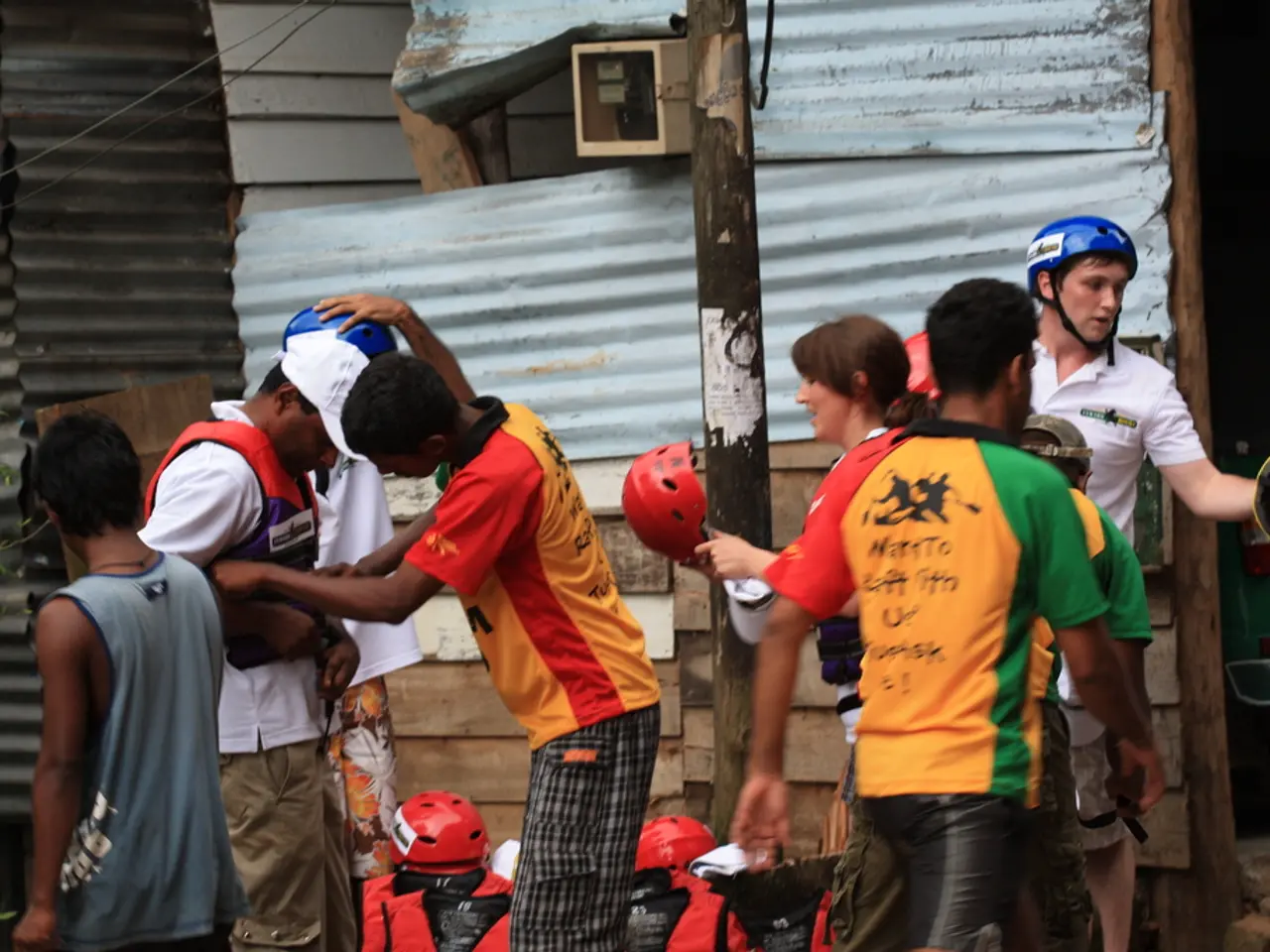Shingles: Symptoms, Remedies, and Origin
**Understanding Shingles: Causes, Symptoms, and Treatment**
Shingles, also known as herpes zoster, is a common viral infection that affects people who have previously had chickenpox. The disease is characterized by a painful rash, blisters, and various other symptoms, which can sometimes lead to complications, particularly in older adults or those with weakened immune systems.
**Common Symptoms of Shingles**
The rash associated with shingles typically appears as a band or strip of blisters on one side of the body. These blisters can be very painful and may burst to form scabs. Some individuals may experience a tingling or itching sensation before the rash appears. Additionally, flu-like symptoms, such as fever, headache, fatigue, and an upset stomach, are common. The affected area may also feel numb or extremely sensitive.
**Complications of Shingles**
Complications can arise, especially in older adults or those with weakened immune systems. Postherpetic neuralgia (PHN), a condition where pain persists after the rash has healed, lasting from weeks to months, is a common complication. Eye problems, including inflammation of the eye, can lead to vision loss if the rash appears near or on the eye. Bacterial infections of the rash can occur, leading to scarring. Neurological issues, such as meningitis, encephalitis, or Ramsay Hunt syndrome, can also arise. Pneumonia, hepatitis, or transverse myelitis are rare but possible complications.
**Treatment and Management**
Treatment focuses on managing symptoms and preventing complications. Antiviral medications are used to reduce the severity and duration of shingles. Pain management medications, such as NSAIDs, gabapentin, or pregabalin, help manage pain, including PHN. Supportive care, including rest, hydration, and avoiding irritants, aids recovery. Vaccination is recommended for adults aged 50 and older to prevent the condition or reduce its severity.
Early diagnosis and treatment are crucial to minimize symptoms and prevent complications. If you suspect you have shingles, consult a healthcare provider promptly.
It is important to note that shingles is not contagious after the blisters dry up and crust over. Shingles diagnosis is typically made through a physical exam and, in some cases, lab tests. An estimated 1 in 3 people in the United States develop shingles during their lifetime, according to the Centers for Disease Control and Prevention (CDC).
Shingles is a viral infection caused by the varicella-zoster virus (VZV), the same virus that causes chickenpox. Under the right conditions, the herpes zoster virus can reactivate and travel down nerve fibers to cause a new active infection.
If the rash affects the ophthalmic nerve, it can cause pain, swelling in and around the eye, as well as temporary or permanent loss of vision. Shingles can also occur in or around the ear, leading to problems with balance and hearing, as well as muscle weakness on the affected side of the face. These changes can be long-term or even permanent.
Symptoms can also appear on the face and in the eyes, mouth, and ears. People who should not have the shingles vaccine without consulting a doctor include those with allergies, a weakened immune system, or who are pregnant.
To relieve itching, a person can apply calamine lotion, take a lukewarm, oatmeal bath, or place a cool, damp washcloth on the blisters. Other ways to help manage symptoms include using pain relief medication, reducing stress, eating regular, nutritious meals, getting some gentle exercise, wearing loose-fitting clothes for comfort, and doing relaxing activities that will reduce stress and take a person's mind off the pain.
Vaccination can offer protection from both chickenpox and shingles. The varicella vaccine is given to children during childhood and can prevent chickenpox, which in turn prevents shingles. The herpes zoster vaccine is available for people ages 50 and older and can help prevent shingles. Shingles vaccine options include Zostavax and Shingrix.
In conclusion, shingles is a common viral infection that can cause a variety of symptoms and complications, particularly in older adults or those with weakened immune systems. Early diagnosis and treatment are crucial to minimize symptoms and prevent complications. If you suspect you have shingles, consult a healthcare provider promptly.
- Shingles, often known as herpes zoster, is a viral infection that affects individuals who have previously had chickenpox.
- The disease is characterized by a painful rash, blisters, and various other symptoms.
- Some individuals may experience a tingling or itching sensation before the rash appears.
- Flu-like symptoms, such as fever, headache, fatigue, and an upset stomach, are common.
- The affected area may also feel numb or extremely sensitive.
- Postherpetic neuralgia (PHN), a condition where pain persists after the rash has healed, can be a common complication.
- Eye problems, including inflammation of the eye, can lead to vision loss if the rash appears near or on the eye.
- Bacterial infections of the rash can occur, leading to scarring.
- Neurological issues, such as meningitis, encephalitis, or Ramsay Hunt syndrome, can also arise.
- Pneumonia, hepatitis, or transverse myelitis are rare but possible complications.
- Treatment focuses on managing symptoms and preventing complications.
- Antiviral medications are used to reduce the severity and duration of shingles.
- Pain management medications, such as NSAIDs, gabapentin, or pregabalin, help manage pain.
- Vaccination is recommended for adults aged 50 and older to prevent the condition or reduce its severity.
- Shingles is not contagious after the blisters dry up and crust over.
- Shingles diagnosis is typically made through a physical exam and, in some cases, lab tests.
- Vaccination can offer protection from both chickenpox and shingles, and options include the varicella vaccine and the herpes zoster vaccine (Zostavax and Shingrix).




